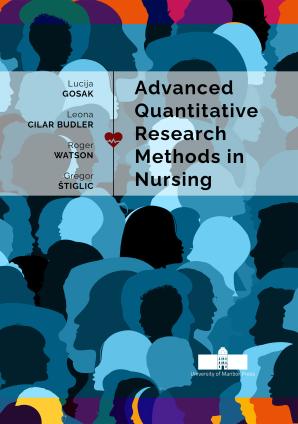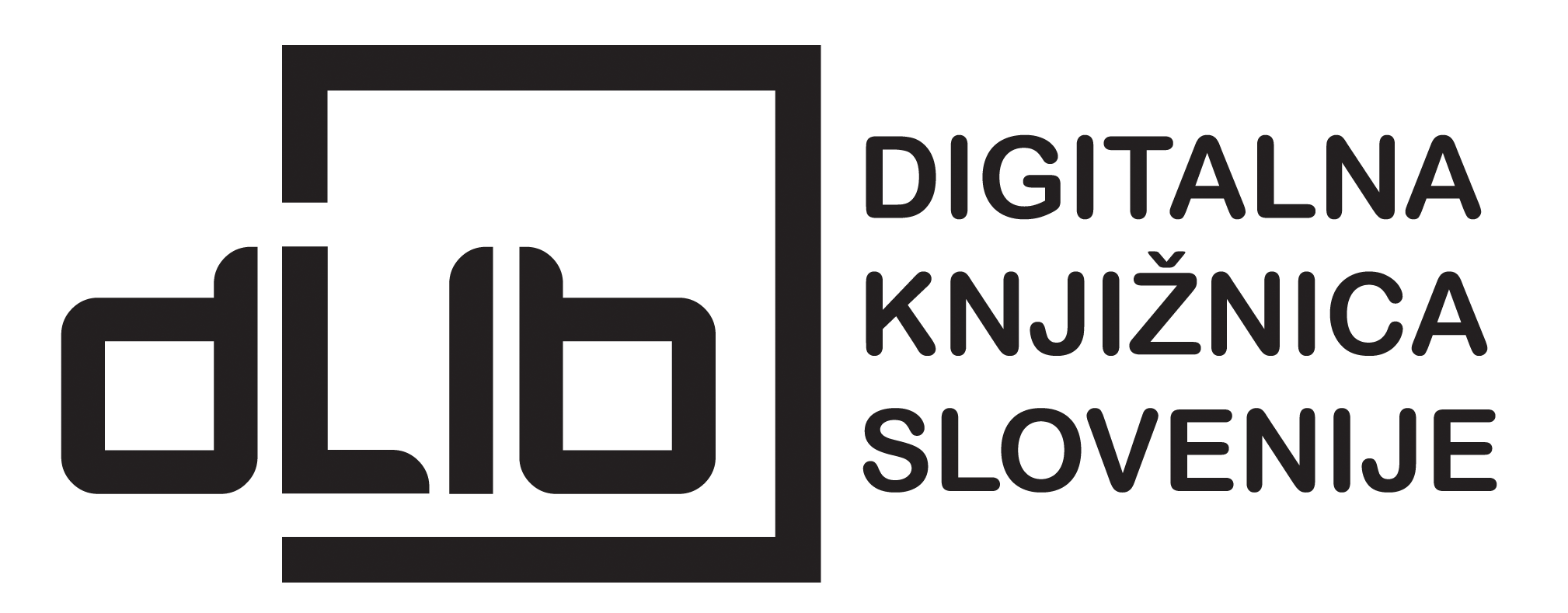Advanced Quantitative Research Methods in Nursing
Keywords:
quantitative analysis, statistics, IBM SPSS, reliability, validity, data analysisSynopsis
The publication "Analysis of quantitative research data in nursing research: A guide to SPSS" provides nursing students and nurses with the knowledge and skills to interpret the different statistical methods in their field, which can improve users' skills in collecting, analysing and interpreting results from clinical practice, thus contributing to improving the quality of health care. It provides detailed instructions on how to use IBM SPSS and perform statistical analyses that nurses need to be familiar with as they use and generate data in their daily work with patients. The main aim of patient care is to provide high quality, evidence-based care, so nurses have a duty to keep up to date with the latest research and evidence and apply it to their work. The knowledge gained in this book can also help nurses to better understand and interpret previously published results, and thus critically assess the validity and reliability of the results they will use in clinical practice.
Downloads
References
Andrade, C., 2020. Sample size and its importance in research. Indian journal of psychological medicine, 42(1), pp.102-103.
Ausili, D., Barbaranelli, C., Rossi, E., Rebora, P., Fabrizi, D., Coghi, C., Luciani, M., Vellone, E., Di Mauro, S. and Riegel, B., 2017. Development and psychometric testing of a theory-based tool to measure self-care in diabetes patients: the Self-Care of Diabetes Inventory. BMC Endocrine Disorders, 17(1), pp.1-12.
Barton, B. and Peat, J., 2014. Medical statistics: A guide to SPSS, data analysis and critical appraisal. John Wiley & Sons.
Behr, D., 2017. Assessing the use of back translation: The shortcomings of back translation as a quality testing method. International Journal of Social Research Methodology, 20(6), pp.573-584.
Bhandari, P., 2022. Construct Validity | Definition, Types, & Examples. (Online) Available at: https://www.scribbr.com/methodology/construct-validity/ [Accessed 13 March 2019].
Dugard, P. and Todman, J., 1995. Analysis of pre‐test‐post‐test control group designs in educational research. Educational Psychology, 15(2), pp.181-198.
Gelman, A. and Jennifer H., 2007. Data Analysis Using Regression and Multilevel/Hierarchical Models. Cambridge: Cambridge University Press.
Goertzen, M.J., 2017. Introduction to quantitative research and data. Library Technology Reports, 53(4), pp.12-18.
Hallgren, K.A., 2012. Computing inter-rater reliability for observational data: an overview and tutorial. Tutorials in quantitative methods for psychology, 8(1), p.23.
Hastie et al., 2009. The Elements of Statistical Learning: Data mining, inference, and prediction, Springer.
Holton, E.F. and Burnett, M.F., 2005. The basics of quantitative research. Research in organizations: Foundations and methods of inquiry, pp.29-44.
Hoy, W.K. and Adams, C.M., 2015. Quantitative research in education: A primer. Sage Publications.
James et al., 2013. An Introduction to Statistical Learning: With applications in R, Springer.
Kim, H.Y., 2017. Statistical notes for clinical researchers: Chi-squared test and Fisher's exact test. Restorative dentistry & endodontics, 42(2), pp.152-155.
Koo, T.K. and Li, M.Y., 2016. A guideline of selecting and reporting intraclass correlation coefficients for reliability research. Journal of chiropractic medicine, 15(2), pp.155-163.
Liguori, G.R. and Moreira, L.F.P., 2018. Operating with Data-Statistics for the cardiovascular surgeon: Part I. Fundamentals of Biostatistics. Brazilian journal of cardiovascular surgery, 33, pp.III-VIII.
Marsden, E. and Torgerson, C.J., 2012. Single group, pre-and post-test research designs: Some methodological concerns. Oxford Review of Education, 38(5), pp.583-616.
Mishra, P., Pandey, C.M., Singh, U., Gupta, A., Sahu, C. and Keshri, A., 2019. Descriptive statistics and normality tests for statistical data. Annals of cardiac anaesthesia, 22(1), p.67.
Mishra, P., Singh, U., Pandey, C.M., Mishra, P. and Pandey, G., 2019. Application of student's t-test, analysis of variance, and covariance. Annals of cardiac anaesthesia, 22(4), p.407.
Nakazawa, M., 2011. R practice: Factor analysis. (Pdf) Available at: http://minato.sip21c.org/swtips/factor-in-R.pdf [Accessed 13 March 2019].
Polit, D.F., Beck, T. and Owen, S.V., 2007. Focus on research methods is the CVI an acceptable indicator of content validity. Research in Nursing & Health, 30(4), pp.459-67.
Reaves, C.C., 1992. Quantitative research for the behavioral sciences. John Wiley & Sons.
Rietvel, T. & van Hout, R., 1993. Statistical Techniques for the Study of Language and Language Behaviour. Berlin: Mouton de Gruyter.
Rossiter, D. G., 2017. Tutorial: An example of statistical data analysis using the R environment for statistical computing. (Pdf) Available at: http://www.css.cornell.edu/faculty/dgr2/teach/R/R_corregr.pdf [Accessed 15 March 2019].
Simkus, J., 2022, Simple Random Sampling: Definition, Steps and Examples. Simply Psychology. (Online) Available at: www.simplypsychology.org/simple-random-sampling.html [Accessed 13 March 2019].
Simkus, J., 2022, Jan 30. Convenience Sampling: Definition, Method and Examples. Simply Psychology. (Online) Available at: www.simplypsychology.org/convenience-samplinghtml [Accessed 13 March 2019].
Smith, G.T., 2005. On construct validity: issues of method and measurement. Psychological assessment, 17(4), p.396.
Sperandei, S., 2014. Understanding logistic regression analysis. Biochemia medica, 24(1), pp.12-18.
Spieth, P.M., Kubasch, A.S., Penzlin, A.I., Illigens, B.M.W., Barlinn, K. and Siepmann, T., 2016. Randomized controlled trials–a matter of design. Neuropsychiatric disease and treatment, 12, p.1341.
Stanley, K., 2007. Design of randomized controlled trials. Circulation, 115(9), pp.1164-1169.
Stoltzfus, J.C., 2011. Logistic regression: a brief primer. Academic emergency medicine, 18(10), pp.1099-1104.
Tyupa, S., 2011. A theoretical framework for back-translation as a quality assessment tool. New Voices in Translation Studies, 7(1), pp.35-46.
Yen, M. and Lo, L.H., 2002. Examining test-retest reliability: an intra-class correlation approach. Nursing research, 51(1), pp.59-62.
Yong, A. G. & Pearce, S., 2013. A Beginner’s Guide to Factor Analysis: Focusing on Exploratory Factor Analysis. Tutorials in Quantitative Methods for Psychology, 9(2), pp. 79-94.
Yusoff, M.S.B., 2019. ABC of content validation and content validity index calculation. Resource, 11(2), pp.49-54.
Watson, R., 2015. Quantitative research. Nursing Standard, 29(31), p.44.
Warren, M., Lininger, M.R., Chimera, N.J. and Smith, C.A., 2018. Utility of FMS to understand injury incidence in sports: current perspectives. Open access journal of sports medicine, 9, p.171.







